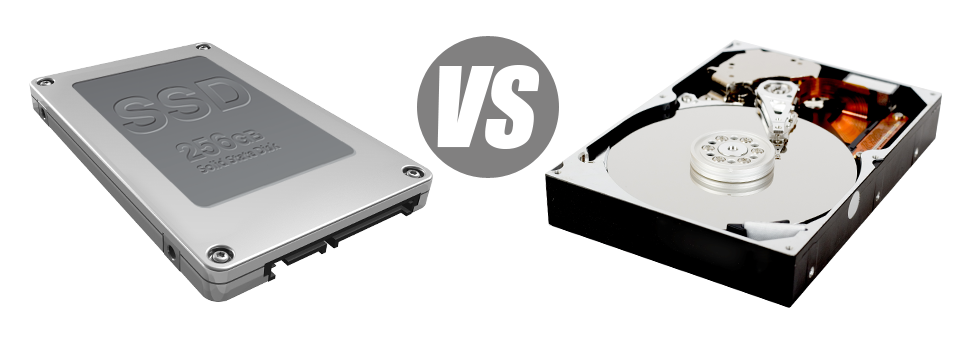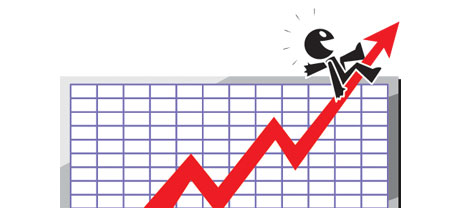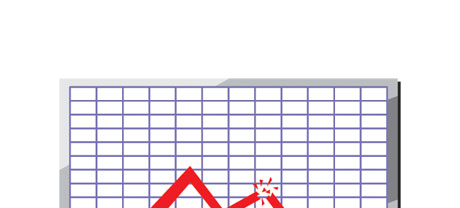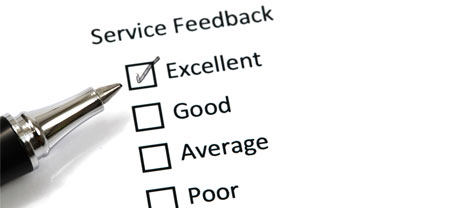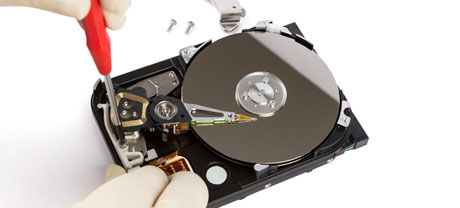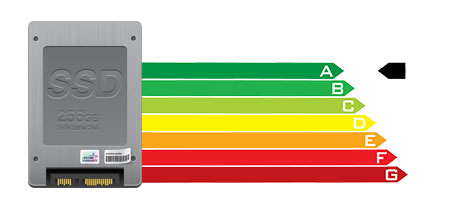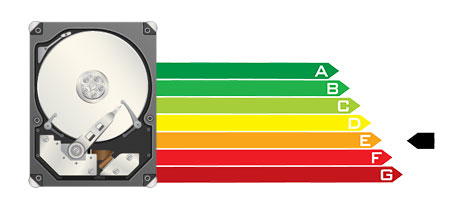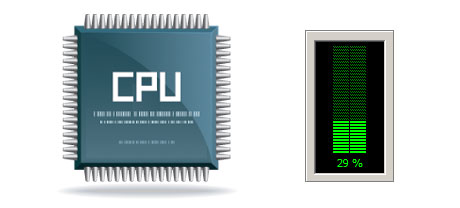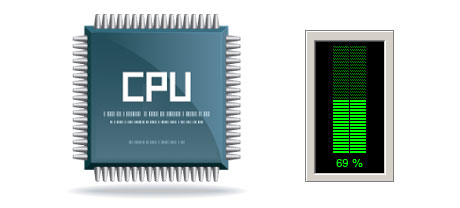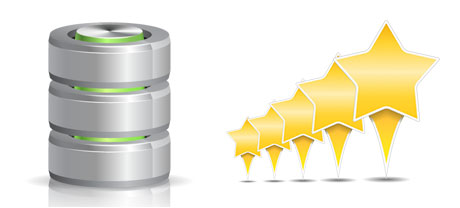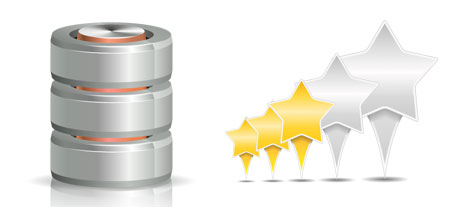Nowadays, just about all completely new laptops or computers are equipped with SSD drives in lieu of HDD drives. You can find superlatives on them all over the specialized press – they are faster and function better and that they are actually the future of home computer and laptop manufacturing.
Then again, how can SSDs stand up within the website hosting world? Could they be dependable enough to substitute the proven HDDs? At Tshiri, we will aid you much better be aware of the differences among an SSD and an HDD and determine which one best suits you needs.
1. Access Time
SSD drives provide a completely new & inventive approach to file safe–keeping in accordance with the use of electronic interfaces instead of just about any moving components and rotating disks. This brand new technology is quicker, allowing for a 0.1 millisecond data file access time.
The technology driving HDD drives goes all the way to 1954. And even while it’s been noticeably refined progressively, it’s nevertheless can’t stand up to the innovative technology driving SSD drives. Using today’s HDD drives, the very best data access speed you are able to reach may differ between 5 and 8 milliseconds.
2. Random I/O Performance
The random I/O performance is extremely important for the functionality of a data file storage device. We have executed in depth testing and have established that an SSD can deal with at the very least 6000 IO’s per second.
Over the very same tests, the HDD drives proved to be significantly slower, with 400 IO operations maintained per second. Although this might appear to be a large number, for people with a busy server that contains numerous famous sites, a slow disk drive could lead to slow–loading sites.
3. Reliability
SSD drives do not have just about any rotating elements, which means that there is significantly less machinery within them. And the less actually moving components you will find, the fewer the chances of failure are going to be.
The standard rate of failing of an SSD drive is 0.5%.
For an HDD drive to operate, it should spin two metal hard disks at over 7200 rpm, having them magnetically stable in the air. There is a many moving components, motors, magnets and other tools loaded in a tiny space. Therefore it’s no surprise the common rate of failing associated with an HDD drive varies in between 2% and 5%.
4. Energy Conservation
SSD drives operate virtually noiselessly; they don’t produce excess warmth; they don’t call for extra cooling options and also take in much less power.
Trials have shown the normal electrical power consumption of an SSD drive is somewhere between 2 and 5 watts.
HDD drives can be infamous for getting loud; they can be more prone to getting too hot and in case there are several hard drives in one hosting server, you must have a further air conditioning system simply for them.
As a whole, HDDs take in in between 6 and 15 watts.
5. CPU Power
As a result of SSD drives’ better I/O effectiveness, the leading web server CPU can work with file demands much faster and preserve time for different operations.
The regular I/O delay for SSD drives is just 1%.
By using an HDD, you must devote extra time watching for the results of one’s data request. This means that the CPU will remain idle for further time, awaiting the HDD to reply.
The typical I/O wait for HDD drives is about 7%.
6.Input/Output Request Times
In the real world, SSDs perform as wonderfully as they did throughout Tshiri’s checks. We produced a full platform back up on one of the production machines. Over the backup procedure, the common service time for any I/O demands was under 20 ms.
Sticking with the same server, but this time furnished with HDDs, the outcome were completely different. The standard service time for any I/O call changed in between 400 and 500 ms.
7. Backup Rates
You are able to notice the real–world benefits of using SSD drives each and every day. For instance, on a hosting server pre–loaded with SSD drives, a full data backup can take only 6 hours.
On the other hand, on a web server with HDD drives, a similar data backup takes 3 to 4 times as long to finish. An entire back up of any HDD–equipped web server may take 20 to 24 hours.
The VPS hosting plus our standard Linux cloud web hosting accounts include SSD drives by default. Join our family here, at Tshiri, and find out the way we can help you improve your site.
Hepsia
- Live Demo
Service guarantees
- All of our Virtual Private Servers include no installation service fees and work in a secure network delivering 99.9% of uptime. Full root/administrator access guaranteed.
Compare our prices
- Review the allocations and features coming with our Virtual Private Servers. You could begin with a cheaper VPS Hosting configuration and upgrade with only a click of the mouse as your demands increase.
- Compare our hosting plans
Contact Us
- We’re on duty for you 7 days a week to answer all questions with regards to our VPS Hosting services. 1–hour reply time warranty.

